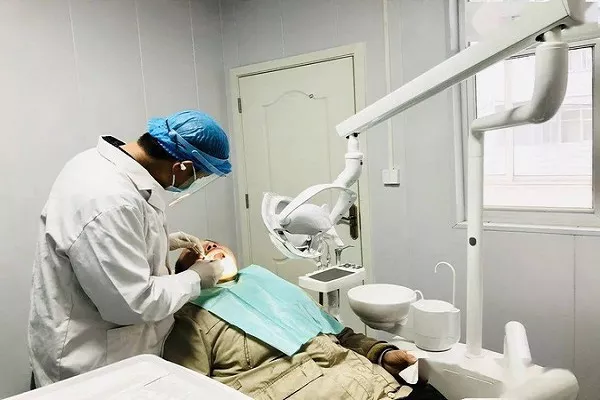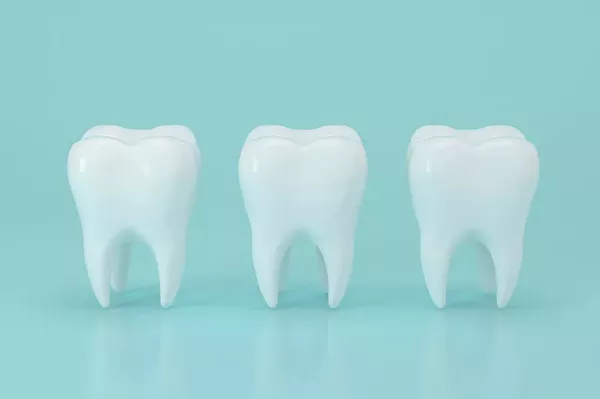The prospect of dental fillings often brings about questions regarding the duration of the procedure and what patients can expect during their time in the dental chair. In this article, we delve into the factors influencing the time it takes to get three fillings, exploring the various stages of the process and providing insights into what contributes to the overall timeframe. Understanding this information can help individuals approach their dental appointments with greater confidence and knowledge.
The Initial Consultation: Setting the Foundation
Before delving into the specifics of the time it takes to get three fillings, it’s essential to recognize the role of the initial consultation. During this phase, the dentist evaluates the patient’s oral health, conducts a thorough examination, and determines the necessity of fillings. Factors such as the size and location of cavities, the type of fillings required, and the overall oral health of the patient influence the treatment plan.
Oral Examination:
The dentist examines the teeth visually and may use diagnostic tools such as X-rays to identify cavities and assess their severity. This examination helps determine the number of fillings needed and their placement.
Discussion and Treatment Planning:
Following the examination, the dentist discusses the findings with the patient. The treatment plan, including the type of fillings (such as amalgam or composite), is outlined. Factors like patient preferences, budget considerations, and the urgency of treatment are taken into account during this phase.
Factors Influencing the Time Required for Fillings:
Several factors contribute to the overall time required for the placement of three fillings:
Size and Complexity of Cavities:
The size and complexity of cavities play a significant role in determining the time needed for filling placement. Larger or more intricate cavities may require additional time for preparation and restoration.
Type of Fillings:
The choice between amalgam and composite fillings can impact the duration of the procedure. Amalgam fillings often set quickly, reducing chair time, while composite fillings may require additional steps and time to ensure proper placement and bonding.
Location of Cavities:
The location of cavities in the mouth influences the ease of access and, consequently, the time required for treatment. Cavities in easily accessible areas may be quicker to address than those in challenging locations.
Number of Fillings:
The number of fillings to be placed directly affects the overall time spent in the dental chair. While the placement of a single filling may be relatively quick, the process becomes more time-consuming when multiple fillings are involved.
Patient Cooperation:
Patient cooperation and comfort also impact the procedural timeframe. A patient who is relaxed and cooperative allows the dentist to work more efficiently, contributing to a smoother and quicker procedure.
The Dental Filling Procedure: A Step-by-Step Breakdown
Now, let’s explore the step-by-step process involved in getting dental fillings, shedding light on each stage and the time considerations associated with them:
Administration of Local Anesthesia (Varies: 5-15 minutes):
The first step involves administering local anesthesia to numb the area around the tooth or teeth being treated. The time required for this step varies based on factors such as the type of anesthesia used and the patient’s individual response.
Cavity Preparation (Varies: 15-45 minutes):
Once the anesthesia takes effect, the dentist begins the cavity preparation process. This involves removing the decayed portion of the tooth using a dental drill. The time required depends on factors like the size and complexity of the cavities.
Selecting and Placing the Filling (Varies: 15-45 minutes):
Choosing the appropriate filling material and placing it in the prepared cavity is the next step. Amalgam fillings may set quickly, reducing chair time, while composite fillings require careful layering and curing with a specialized light, which may extend the duration.
Adjustments and Polishing (Varies: 10-20 minutes):
After the filling is placed, the dentist makes any necessary adjustments to ensure proper bite alignment. The filled tooth is then polished to achieve a smooth and natural appearance.
Post-Procedure Instructions (Varies: 5-10 minutes):
The dentist provides post-procedure instructions, including guidance on caring for the filled teeth and any restrictions on eating or activities. This stage ensures that patients leave the dental office with clear instructions for optimal recovery.
Potential Considerations and Variations:
While the outlined steps provide a general overview, it’s important to note that individual cases may vary. Factors such as the dentist’s experience, the efficiency of the dental team, and the specific circumstances of each patient can influence the overall timeframe.
Dentist’s Experience and Efficiency:
A dentist’s experience and proficiency in performing fillings contribute to the efficiency of the procedure. Experienced dentists may complete the process more swiftly while ensuring precision and quality.
Use of Advanced Technologies:
Dental practices equipped with advanced technologies, such as laser dentistry or CAD/CAM systems, may offer expedited procedures. These technologies enhance precision and efficiency in various stages of the filling process.
Patient-Specific Factors:
Individual factors, including the patient’s oral health, cooperation, and responsiveness to anesthesia, can impact the overall duration of the procedure. Patients with more complex oral health needs may require additional time for thorough treatment.
Type of Dental Practice:
The type of dental practice, whether a general dentistry office or a specialized clinic, can also influence the procedural timeframe. Specialized practices may have streamlined processes for specific types of treatments.
Recovery Period and Aftercare:
Following the completion of the dental filling procedure, patients can typically resume their normal activities immediately. However, it’s essential to be mindful of the recovery period and follow any post-procedure instructions provided by the dentist. These instructions may include:
Avoiding Chewing on Numb Areas:
Patients are advised to avoid chewing on the numb areas of the mouth until the anesthesia wears off completely to prevent unintentional injury.
Being Mindful of Sensitivity:
Some individuals may experience temporary sensitivity to hot or cold temperatures after getting fillings. This sensitivity usually subsides within a few days.
Maintaining Oral Hygiene:
Regular oral hygiene practices, including brushing and flossing, should be continued to ensure the longevity of the fillings and overall oral health.
Attending Follow-up Appointments:
Follow-up appointments may be scheduled to assess the healing process and make any necessary adjustments. Attending these appointments is crucial for ongoing dental care.
Conclusion: Empowering Patients with Knowledge
In conclusion, the duration of getting three fillings is influenced by various factors, from the initial consultation to the specific steps involved in the procedure. Understanding these factors allows patients to approach dental appointments with greater awareness and confidence.
While the outlined timeframes provide a general overview, individual experiences may vary. Open communication with the dentist, adherence to post-procedure instructions, and regular dental check-ups contribute to a positive and informed approach to oral health.
Empowered with knowledge about the dental filling process, patients can actively participate in their oral care journey, fostering a partnership with their dental professionals to achieve and maintain optimal oral health. Remember, investing time in preventive care and addressing dental concerns promptly contributes to a lifetime of healthy and vibrant smiles.
Related Topics:
Will new dental fillings fall out?
Why does my tooth filling keep falling out?
Do i need a root Canal when my filling fell out?





























